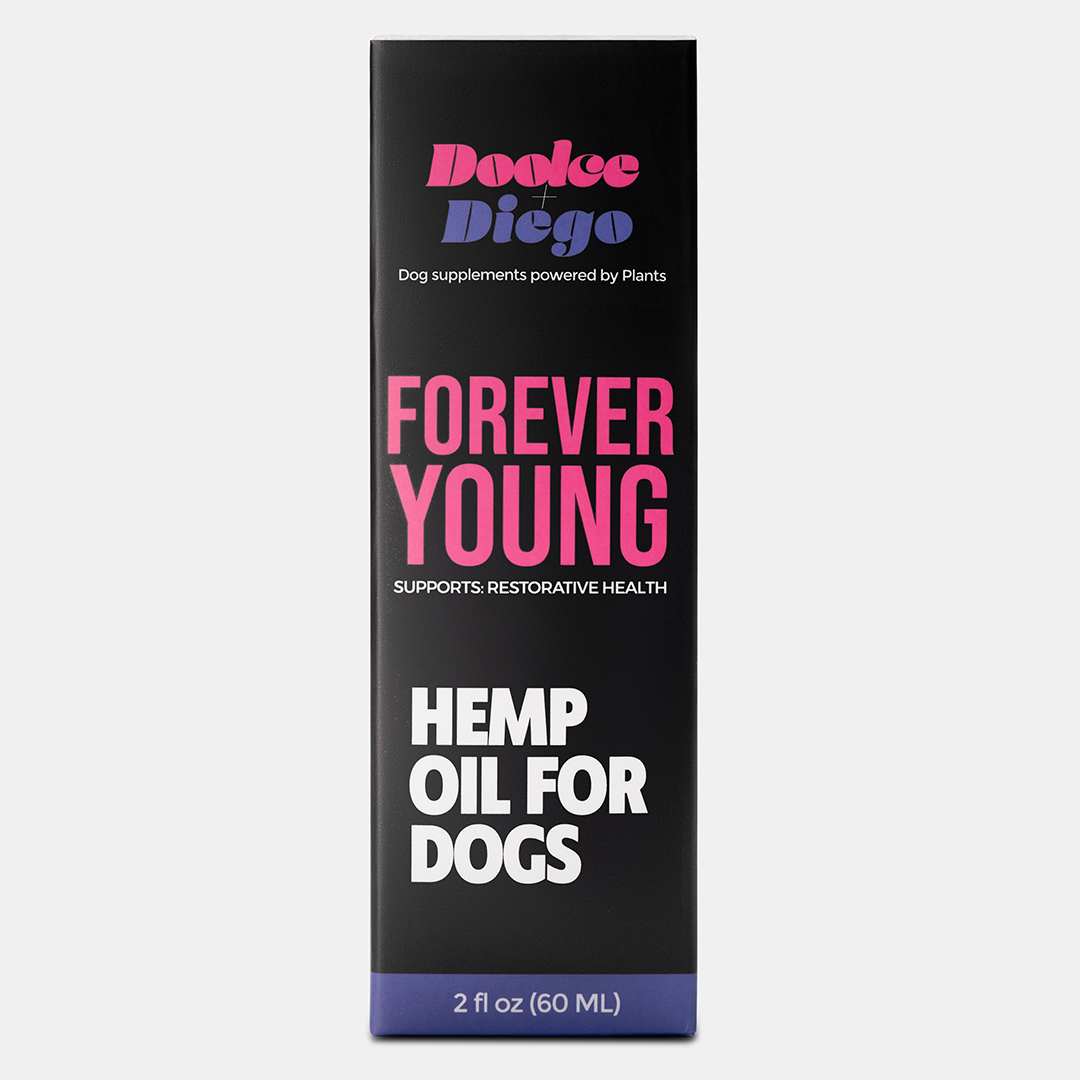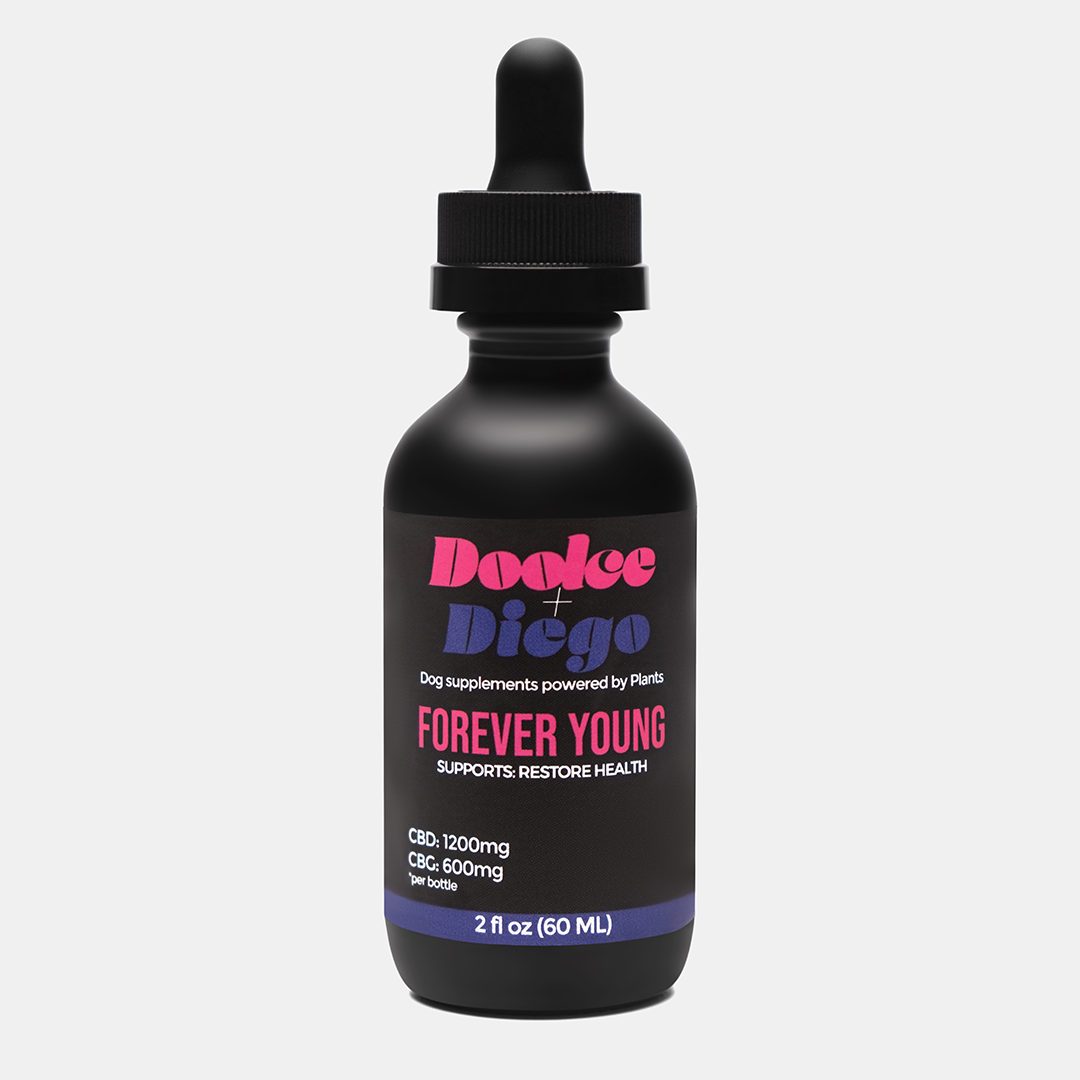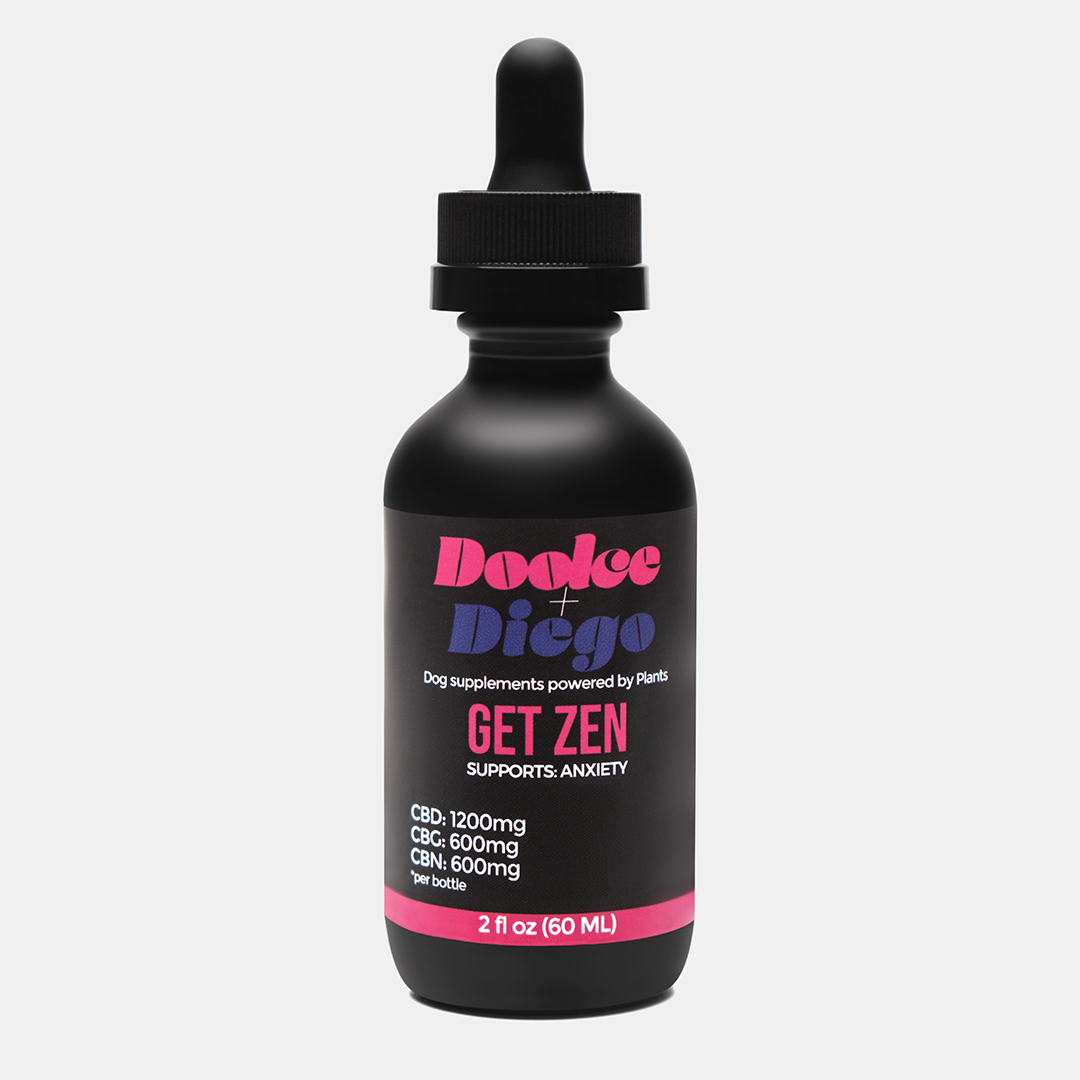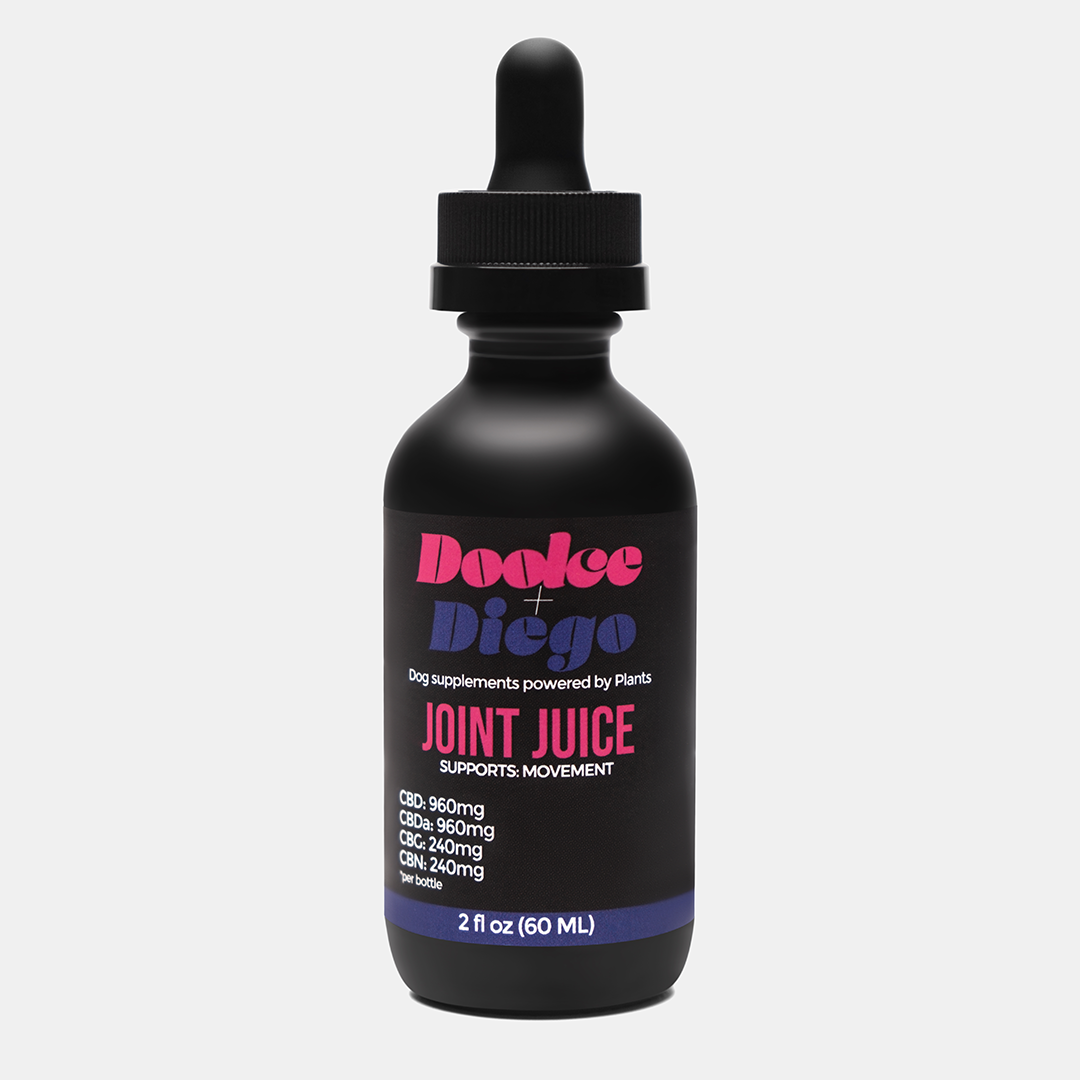
Can I Give My Dog Omega-3 for Humans? What You Need to Know
Photo by Supliful - Supplements On Demand on Unsplash
The Question Every Dog Parent Asks
You know omega-3s are good for you. They support brain health, fight inflammation, and keep skin glowing. Naturally, you wonder: Can I give my dog omega-3 for humans?
Short answer: Not recommended.
Why Human Omega-3s Aren’t a Good Fit
While omega-3 fatty acids (EPA and DHA) are beneficial for both humans and dogs, the problem isn’t the omega-3s—it’s everything else.
- Dosage mismatch: Human capsules are formulated for human weight and needs, not a 25-pound pup.
- Additives + fillers: Many human supplements contain ingredients like flavorings, essential oils, or stabilizers that aren’t safe for dogs.
- Capsule size: Ever try getting your dog to swallow a giant gel cap? Choking hazard waiting to happen.
- Source + purity: Some human supplements aren’t tested for heavy metals or toxins to the same pet-safe standard.
Why Dogs Do Need Omega-3s
Omega-3s can be a game-changer for:
- Shiny coats + healthy skin (goodbye itchiness)
- Joint support for aging or active pups
- Brain health for senior dogs
- Immune system balance to fight inflammation
But it has to be the right kind of omega-3, given in the right dose.
The Safer Solution
Instead of raiding your own supplement cabinet, look for omega-3 products made for dogs.
- They’re formulated with the correct concentration for canine needs.
- They’re free of harmful additives.
- They often come in dog-friendly forms (liquid pumps, chews, or tinctures).
Giving your dog human omega-3s might seem harmless, but it’s not worth the risk. Dogs deserve supplements made for them—not hand-me-downs from our health stash.
Final Tip: When it comes to supplements, “close enough” doesn’t cut it. Stick to dog-formulated omega-3s for results that are safe, effective, and actually improve your pup’s wellness.
For more no-BS pet wellness insights → Bark Times



















